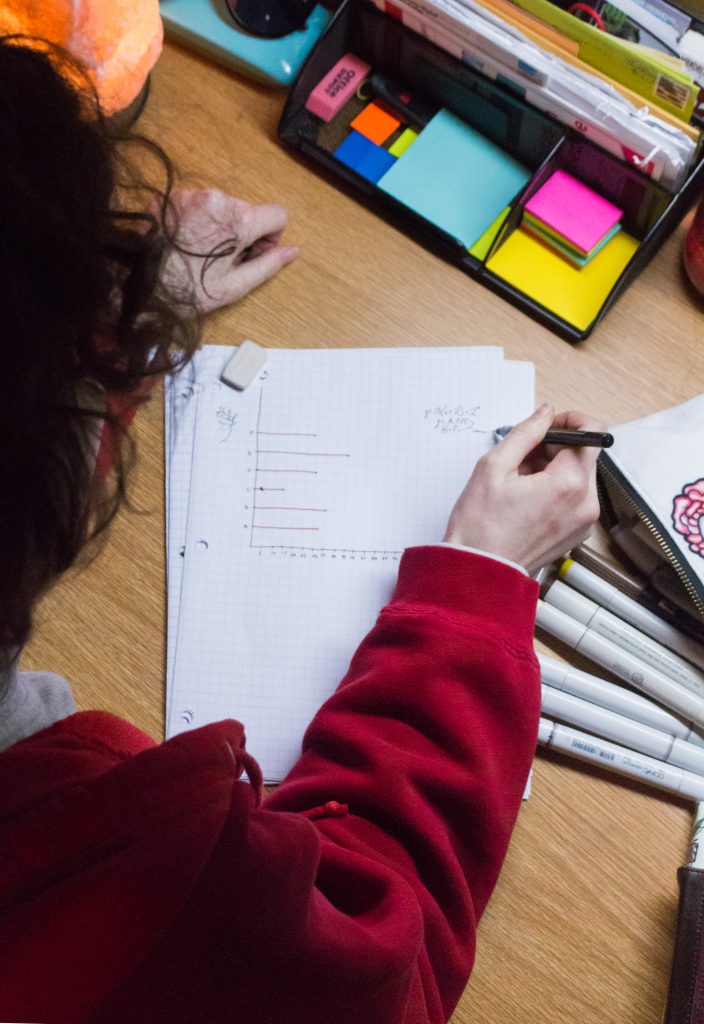
Rebecca Meyers | Lifestyle editor
If school teaches it’s attendees anything, it’s that the same thing doesn’t work for everyone. Whether it’s studying, writing or creating presentations, different people choose to tackle the task differently. These usually relate to learning styles and how they’re used. For students, understanding personal learning style can be especially helpful when finals come around. Fortunately, there are a number of ways that learning styles can be assessed and therefore utilized.
VARK is one way of assessing learning style. According to vark-learn.com, the acronym stands for Visual, Audal, Read/write and Kinesthetic. The website offers a questionnaire to help determine which of these most effectively conveys information to different people. Though it doesn’t explain how each type should study, it does give an idea of how studying a topic might make it stick more.
For example, visual learners would learn better from charts or diagrams while a read/write person would absorb it better by reading about the topic. For audal students, they learn best by hearing information — for example, during lectures — and kinesthetic learning students benefit most from demonstrations.
Another theory is that of human behavior specialist Scott Black, according to skillsyouneed.com. This way of approaching learning styles is slightly more complicated, with eight instead of four. They are: linguistic, or writing, reading and listening; naturalist, or interacting with and observing the environment; musical/rhythmic, or using rhythms such as whistling or tapping to focus; kinesthetic, or learning by doing; visual/spatial, or using visual aides; logical/mathematical, or categorization and finding patterns; interpersonal, which relates information to others; and intrapersonal, or processing better alone.
This longer list delves slightly deeper into psychology. While learning and separating all the terminology may be more intimidating, it might be especially beneficial to look into for students who are undecided or questioning their major or career as each learning style includes a description as the types of jobs that correlate strongly with it. For example, a kinesthetic learner might consider a job that requires hands-on experience, while a logical learner could thrive in a technical field.
College life is known by many to be a time of great stress, but also of self-discovery. For some, this just means adapting their method of studying — for example, watching a demonstration video instead of reading more paragraphs on a subject. Once an understanding is reached on how information is best processed for each individual, it may help ease the stress that comes with acquiring new knowledge.
Contact the author at howllifestyle@wou.edu
Photo courtesy of Ashlynn Norton

